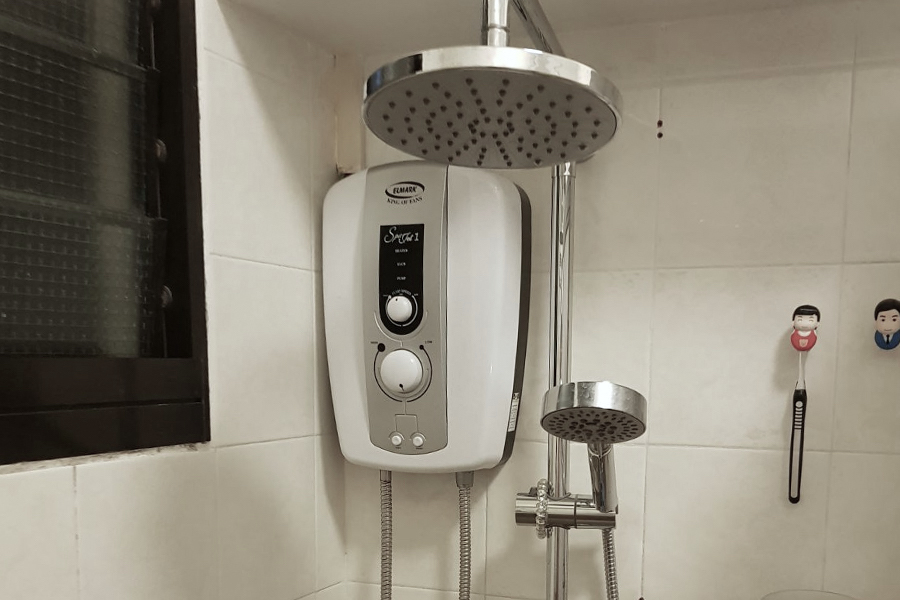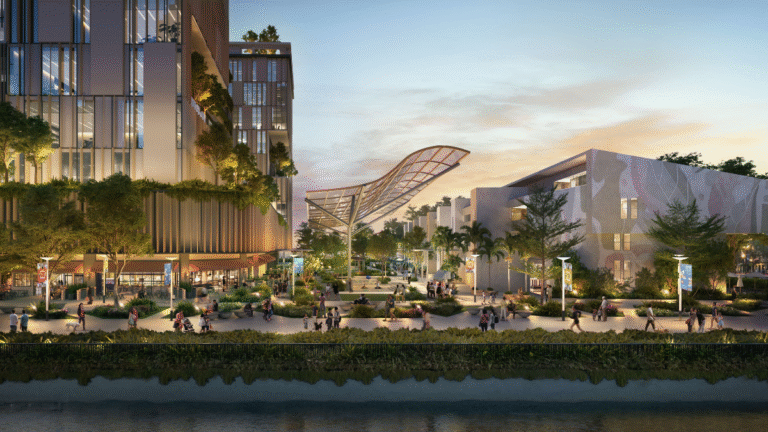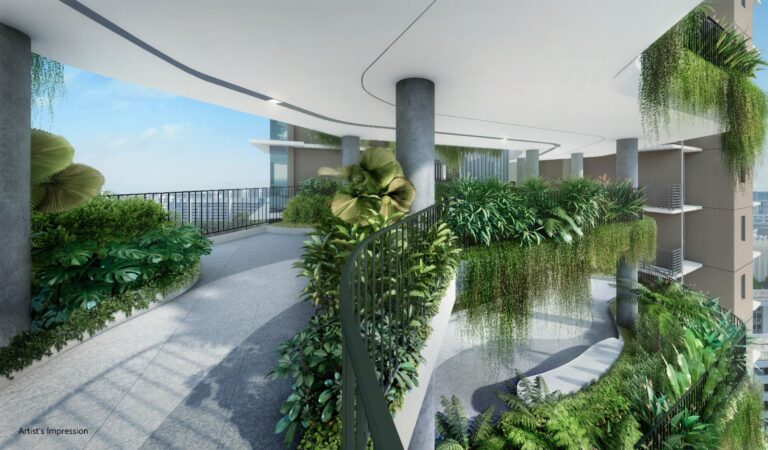Choosing the Right Water Pipe Material for HDB Flats in Singapore
Introduction
In Singapore, public housing forms the backbone of residential life, with over 80% of the population residing in HDB (Housing and Development Board) flats. One often-overlooked but essential component of these flats is the water piping system. The choice of HDB water pipe material can significantly influence water quality, pipe longevity, maintenance costs, and even the safety of the plumbing system.
With newer flats, renovations, and pipe upgrades becoming more common, it is important for homeowners and contractors to understand the various types of pipe materials available. This article explores the different materials used in HDB water pipes, their pros and cons, common considerations, and recommendations for ensuring long-term durability and performance.
Understanding HDB Plumbing Systems
HDB water supply systems are designed to deliver clean, pressurized water to households efficiently. Typically, the main water supply runs from a central riser pipe and is distributed to individual units through vertical and horizontal pipe networks.
The two main categories of water pipes in HDB flats are:
- Potable (drinking) water pipes – delivering water safe for consumption.
- Non-potable pipes – for toilet flushing, irrigation, or cleaning purposes.
The material of these pipes is a key factor in determining the overall performance and hygiene of the water system.
Common Water Pipe Materials Used in HDB Flats
Stainless Steel
One of the most widely used materials in modern HDB plumbing systems is stainless steel. It is durable, corrosion-resistant, and meets Singapore’s stringent water quality standards.
Advantages:
- High corrosion resistance
- Long lifespan (20-50 years)
- Does not affect water taste or quality
- Low maintenance
Disadvantages:
- Higher installation costs
- Requires professional welding or coupling methods
Stainless steel is typically used for both cold and hot water lines and is the preferred material for newer HDB flats and renovation projects.
Copper
Copper piping was historically a popular choice for HDB units before stainless steel became the standard.
Advantages:
- Resistant to bacteria
- Withstands high temperatures and pressure
- Recyclable and eco-friendly
Disadvantages:
- Expensive compared to plastic or other metals
- Susceptible to corrosion in areas with low pH water
- Joints can weaken over time if poorly soldered
While copper pipes are still found in older HDB flats, they are less common in new installations due to cost and corrosion concerns.
Polyvinyl Chloride (PVC) and Chlorinated PVC (CPVC)
PVC and CPVC are types of plastic piping commonly used for drainage and waste systems, but CPVC can also be used for water supply in certain contexts.
Advantages:
- Lightweight and easy to install
- Inexpensive
- Resistant to most acids and chemicals
Disadvantages:
- Limited to cold water supply (PVC)
- Can degrade under UV exposure
- Brittle over time under heat and pressure
In HDB flats, PVC is typically used for non-potable systems or exposed sections where flexibility is required, but not for primary drinking water lines.
Cross-Linked Polyethylene (PEX)
PEX piping is a newer type of plastic material gaining popularity in residential plumbing due to its flexibility and ease of use.
Advantages:
- Corrosion-resistant
- Flexible and easy to install in tight spaces
- Reduces the number of joints, minimizing leak risk
- Affordable alternative to copper and stainless steel
Disadvantages:
- Sensitive to UV light (not for outdoor use)
- Less familiar to older contractors
- May leach chemicals if not certified for potable use
Although not yet as common in HDB water piping as stainless steel, PEX may become more prevalent in future projects due to its cost-effectiveness and performance.
Factors to Consider When Selecting Pipe Material
When deciding on the best material for your HDB water pipes, consider the following factors:
1. Water Quality
Some materials, such as copper, may react with certain minerals or pH levels in water. Stainless steel offers excellent resistance and does not affect water flavor or safety.
2. Longevity and Durability
Pipes need to withstand years of use without frequent replacements or maintenance. Stainless steel and copper rank high in this regard, while PVC may deteriorate faster under stress.
3. Installation and Cost
PVC and PEX are easier to install and cheaper but may require more frequent replacements. Stainless steel, though more expensive upfront, may save money long-term due to its durability.
4. Compliance and Safety
Singapore’s Public Utilities Board (PUB) enforces strict regulations on approved plumbing materials. Always ensure that the chosen material is PUB-approved and installed by a licensed plumber.
5. Space and Aesthetics
In tight bathrooms or kitchens, flexibility in installation becomes essential. PEX is useful for retrofitting or complex layouts, while metal pipes may require more clearance and fittings.
Pipe Replacement and Upgrades in HDB Units
Older HDB flats—especially those built before the 1990s—may still have aging copper or galvanized iron pipes prone to corrosion and leakage. Renovating or upgrading these pipes is advisable for improved safety and hygiene.
When upgrading:
- Engage a licensed plumber
- Request PUB-approved materials
- Consider installing access panels for future maintenance
- Replace entire pipe networks where feasible, not just faulty sections
Signs You May Need a Pipe Replacement
- Discolored or metallic-tasting water
- Low water pressure
- Leaks or water stains in ceilings or walls
- Frequent clogs or rust particles in water
Early intervention can prevent larger issues like flooding or pipe bursts.
Maintenance Tips for HDB Water Pipes
Regardless of material, all pipes benefit from regular maintenance. Here are some tips:
- Conduct periodic visual inspections for leaks or corrosion.
- Flush your water system periodically if the flat has been unoccupied.
- Avoid pouring grease or foreign materials down sinks.
- Insulate hot water pipes to improve efficiency and reduce condensation.
For stainless steel pipes, ensure that connections are tight and clean, and monitor for signs of rust around fittings. For plastic pipes, avoid exposure to direct heat or UV light.
Future Trends in Water Pipe Materials
With a growing focus on sustainability, newer materials like recyclable PEX, composite pipes, or even ceramic-lined options may emerge. Digital monitoring systems and smart valves might also be integrated into HDB plumbing systems, ensuring better control and leak detection.
Conclusion
Choosing the right HDB water pipe material isn’t just about convenience—it’s a decision that impacts safety, health, and the long-term value of your home. While stainless steel remains the gold standard in Singapore for its reliability and compliance, other materials like PEX and copper still have their place in specific scenarios.
Whether you are moving into a new HDB flat or upgrading an older unit, understanding the differences between pipe materials helps you make informed choices that ensure clean water and peace of mind for years to come.






